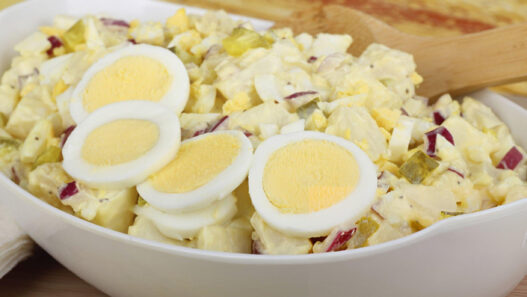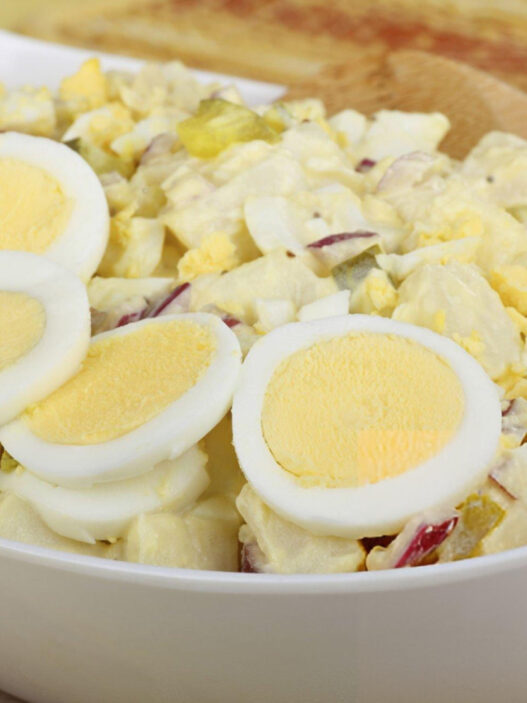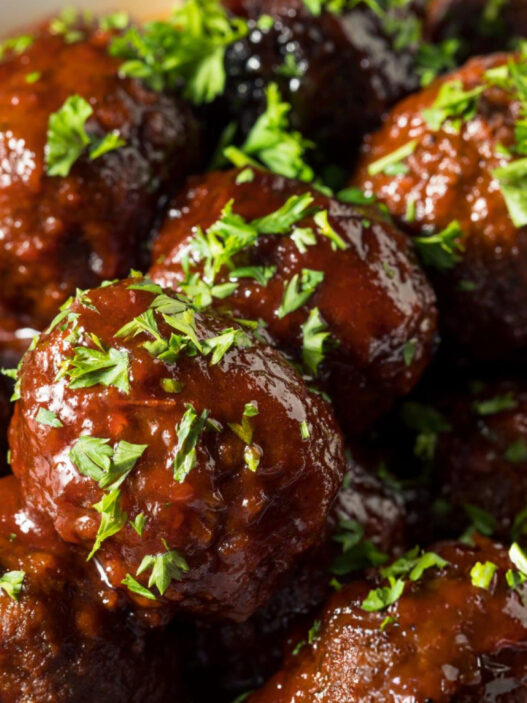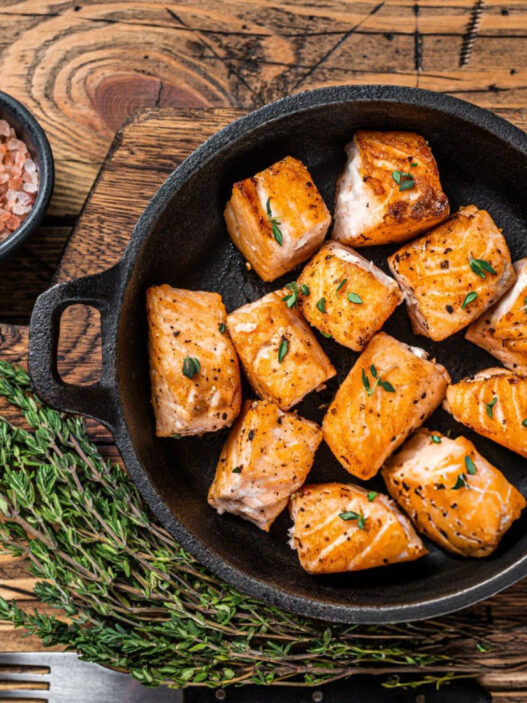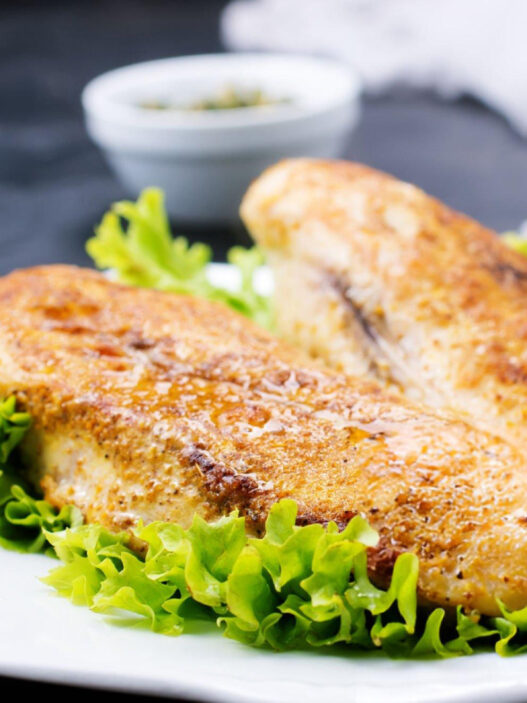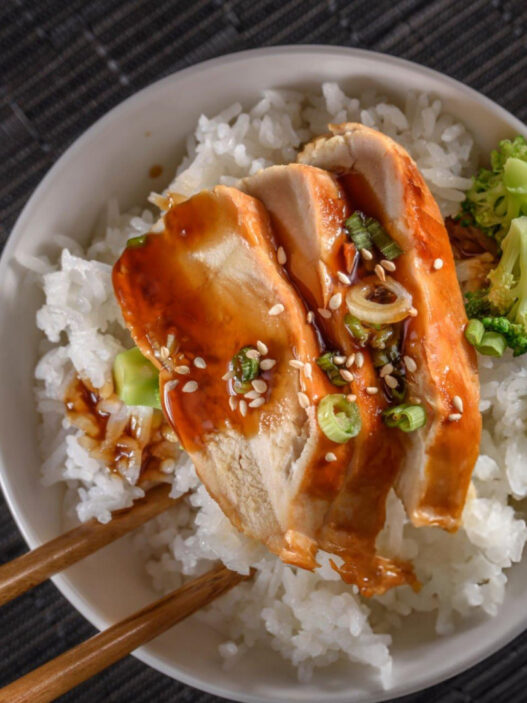Gimbap is a beloved Korean dish that brings together vibrant ingredients rolled into neatly sliced, bite-sized pieces. It’s the perfect fusion of texture, flavor, and color—all wrapped in roasted seaweed and ready for any occasion. Whether it’s packed into a lunchbox, served at a picnic, or displayed as a colorful party platter, Gimbap offers a satisfying balance of savory, sweet, and umami in every bite.
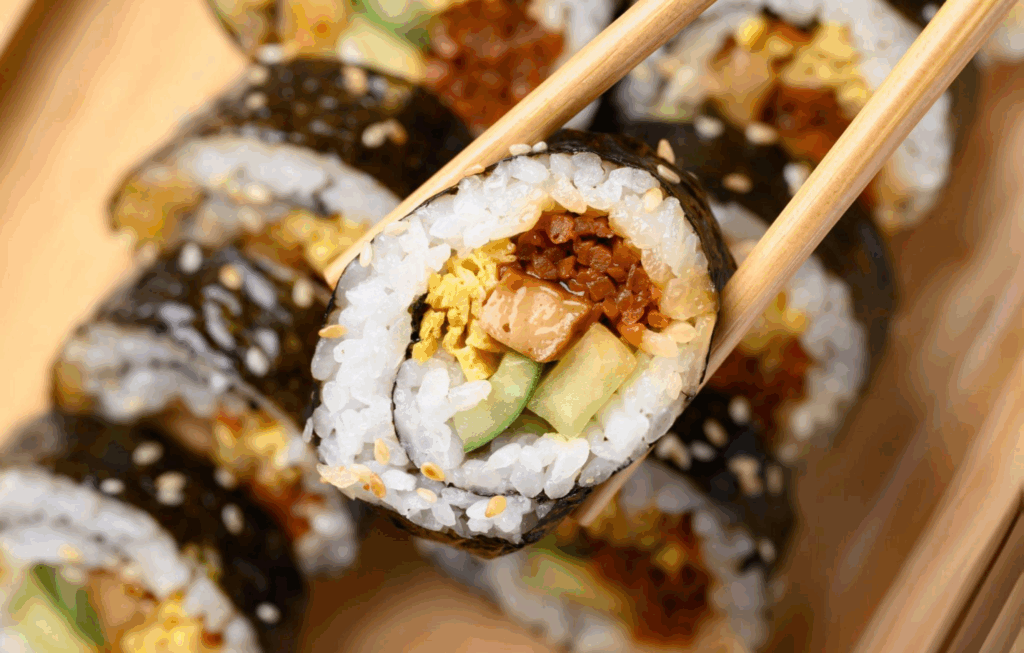
Ingredient Breakdown
At the heart of Gimbap lies a foundation of well-prepared short grain white rice, chosen for its sticky texture that holds the roll together seamlessly. Once cooked and slightly cooled, the rice is seasoned with a touch of salt and a splash of maesil cheong (Korean plum extract), which lends a gentle sweetness and depth of flavor, making each grain stand out.
Seaweed, or gim, plays a dual role as both the structural wrap and an essential source of savory, ocean-kissed flavor. Its subtle brininess perfectly contrasts with the slightly sweet and tangy rice, creating a cohesive flavor profile.
The fillings are a showcase of diverse textures and colors. From the crunch of pickled radish and the tender strands of braised burdock root to the savory richness of pan-fried fishcake and the delicate ribbons of omelet, each component contributes something unique. Lightly sautéed carrots and well-seasoned spinach add freshness and nutrition, while imitation crab offers a familiar, slightly sweet protein.
Every ingredient is treated individually—blanched, sautéed, or stir-fried—to preserve its character and enhance its flavor. This precision allows each element to shine while contributing to the harmony of the final roll.
Step-by-Step Preparation Guide
Begin with the rice, rinsing it thoroughly to remove excess starch and ensure fluffiness. After soaking briefly, cook until the grains are tender and glossy. While still warm, season with plum extract and salt, then let it cool under a clean towel to maintain texture without drying out.
For the eggs, beat thoroughly and pour into a hot skillet in batches to create thin sheets. Once set, roll and slice the omelets into long, uniform strips—ideal for layering.
Sauté the shredded carrots with a bit of oil and water, covering them to allow gentle steaming. The goal is to retain their vibrant color and crunch without making them limp. Spinach should be blanched swiftly in salted boiling water, shocked under cold water, and squeezed dry. It’s then tossed with sesame oil, a pinch of salt, and toasted sesame seeds to enhance its natural earthiness.
Fishcake is sliced thin and stir-fried until it begins to brown slightly. A mixture of soy sauce, mirim, corn syrup, and sugar is added, coating each strip in a glossy, umami-rich glaze.
Once all the fillings are ready and cooled, arrange your workspace for efficient assembly. Lay a sheet of seaweed on a bamboo mat, shiny side down. Spread an even layer of seasoned rice across it, leaving a small border at the top. A half-sheet of seaweed placed in the center adds support for the fillings and creates visual separation within the roll.
Arrange the fillings in a line, using contrasting colors for visual appeal. Begin rolling from the bottom edge, tucking and pressing firmly as you go to ensure a tight, even shape. Continue until sealed, then place seam-side down and allow it to rest before slicing.
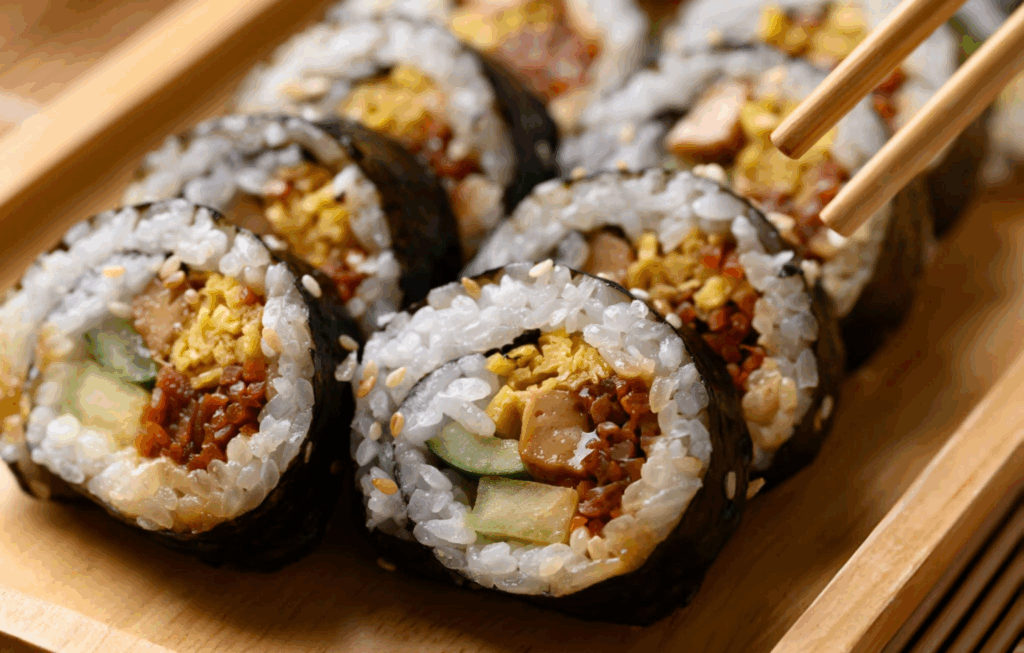
Recipe Tips
How to keep the seaweed crisp and prevent sogginess:
Assemble and roll just before serving. Avoid using overly moist fillings and allow cooked ingredients to cool completely.
The best way to slice gimbap cleanly without crushing the roll:
Use a very sharp knife and wipe the blade with a damp cloth between cuts. Lightly oiling the blade can also help.
Make-ahead strategies and proper storage for freshness:
Gimbap is best enjoyed fresh but can be stored tightly wrapped in plastic wrap in the fridge for up to 24 hours. Re-soften slightly by letting it rest at room temperature.
Ingredient swaps for common pantry limitations:
Use canned tuna, sautéed mushrooms, or thin cucumber strips as substitutes. Brown rice or sushi rice can replace short grain white rice.
What to Serve With This Recipe
Classic Korean side dishes pair beautifully with Gimbap. Crisp kimchi adds a spicy, tangy contrast, while pickled garlic or radish refreshes the palate between bites.
To turn Gimbap into a fuller meal, consider serving it with a warm bowl of mild broth or clear soup. A simple miso soup or anchovy-based Korean soup adds comfort and balance.
For a casual lunch or picnic setup, fresh fruit, edamame, or a light cucumber salad make excellent accompaniments. A drizzle of soy sauce or a dab of spicy mustard offers a punchy dipping option for extra flavor.
Frequently Asked Questions
Can Gimbap be made in advance for the next day?
Yes, but it’s best eaten within 24 hours. Store wrapped rolls in the refrigerator and bring to room temperature before serving.
What’s the difference between Gimbap and sushi rolls?
Gimbap uses seasoned cooked fillings and plum extract in the rice, whereas sushi often features raw fish and rice seasoned with vinegar.
How do I keep the rolls from falling apart?
Press the roll firmly as you wrap and avoid overstuffing. Ensure the rice is sticky enough to hold the roll together.
Can I make this vegetarian or vegan?
Absolutely. Replace imitation crab with seasoned tofu, omit egg and fishcake, and load up on pickled, sautéed, and fresh vegetables.
Creative Variations
Gimbap is a flexible canvas for creativity. Swap imitation crab for thinly sliced bulgogi beef or spicy tuna for a more savory or bold twist. A slice of cheese added during rolling melts slightly and introduces a creamy contrast.
For a healthier alternative, try using brown rice or a blend of multigrain rice for added fiber and texture. Even quinoa can be used, provided it’s slightly sticky.
Get playful with presentation by making mini rolls or cutting Gimbap into fun shapes for kids’ lunches. You can even wrap the fillings in soy paper or perilla leaves for a different taste and visual flair.
Gimbap is more than just a roll—it’s a portable, flavorful experience that brings together a spectrum of textures, tastes, and colors. Its adaptability makes it suitable for any meal, from quick snacks to festive spreads. Once you learn the technique and prepare each filling with care, the process becomes a joyful, rewarding ritual. Whether you stick to tradition or venture into creative combinations, Gimbap is a dish that invites personal expression and always satisfies.
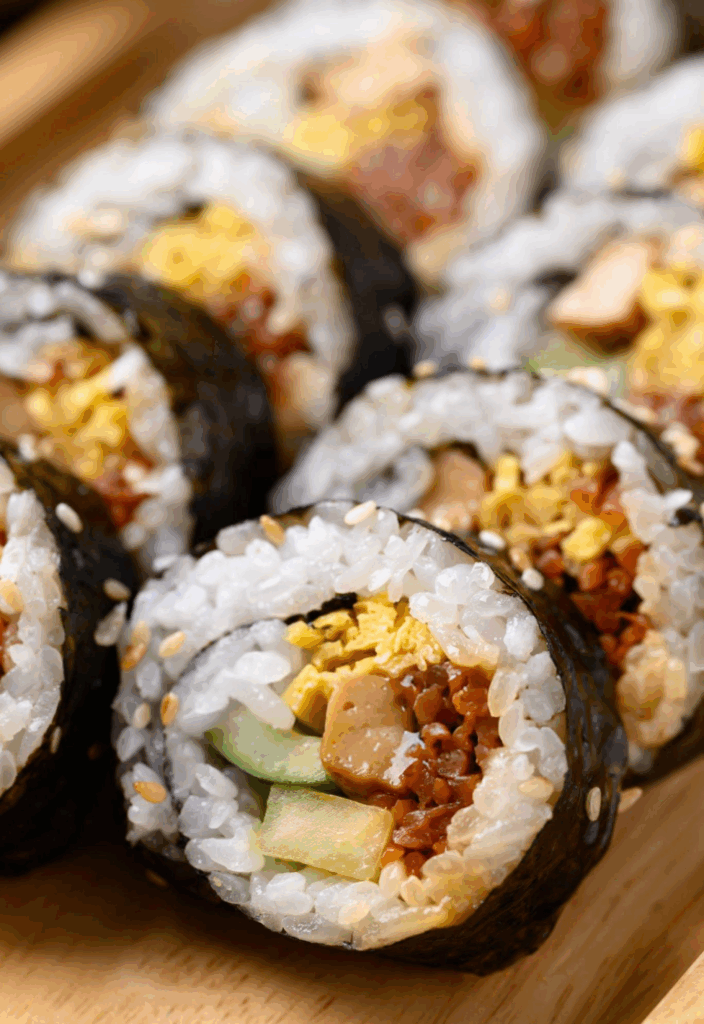
Ingredients
9 sheets roasted seaweed (gim)
4 eggs, beaten
6 strips imitation crab meat
10 oz (283 g) shredded carrot
2 tbsp water
2 tbsp oil, divided
3 sheets flat fish cake, thinly sliced
1 tbsp soy sauce
1 tbsp sweet rice wine (mirim)
1 tbsp corn syrup
6 strips pickled radish (danmuji), ½ inch thick, drained
6–12 strips braised burdock root (oeong), drained
1 bunch (12 oz / 340 g) spinach
2 pinches salt (for spinach)
1 tsp sesame oil
Toasted sesame seeds, for garnish
For the rice
2 cups (about 450 g) uncooked short grain white rice
2½ cups (600 ml) water
2 tbsp Korean plum extract (maesil cheong)
½ tsp salt
Instructions
Prepare the rice:
Begin by rinsing the rice thoroughly in cold water until the water runs clear. Soak it in 2½ cups of water for about 10 minutes to ensure even cooking. Cook the rice until it becomes soft and fluffy. Once done, transfer the hot rice into a wide mixing bowl, drizzle in the plum extract, and sprinkle with salt. Gently toss with a rice paddle or spatula until well combined. Cover with a clean kitchen towel and allow to cool to room temperature.
Cook the eggs:
Beat the eggs until well mixed and cook them in a lightly oiled skillet in three batches to form thin omelet sheets. Once cooked, roll each sheet and slice into long, thin strips suitable for rolling into gimbap.
Sauté the carrots:
In a skillet over medium-high heat, add a touch of oil and the shredded carrot. Sprinkle with salt, then pour in 2 tablespoons of water to introduce a light steam. Cover and cook for about 2 minutes, allowing the carrots to become tender yet still slightly crisp.
Prepare the fishcake:
Heat a bit of oil in a pan over medium-high heat and stir-fry the thinly sliced fishcake for about a minute. In a small bowl, combine soy sauce, sugar, mirim, and corn syrup. Pour this mixture into the pan and continue stir-frying for another minute until the fishcake is glossy and well-seasoned.
Season the spinach:
Blanch the spinach quickly in a pot of boiling salted water. Drain immediately and rinse under cold running water to halt the cooking process. Gently squeeze out any excess moisture. Transfer to a bowl, season with salt and sesame oil, and sprinkle with toasted sesame seeds. Toss gently to coat.
Assemble the gimbap:
Cut 3 of the seaweed sheets in half and set aside. Lay a full sheet of seaweed, shiny side down and long side facing you, on a bamboo rolling mat. Evenly spread about 1 cup of prepared rice over the seaweed, leaving a 1-inch border at the top edge. Place one half-sheet of seaweed horizontally at the center of the rice layer to act as a base for the fillings.
Arrange the filling ingredients—egg, carrots, spinach, crab meat, fishcake, pickled radish, and burdock root—on top of the half sheet in a visually contrasting pattern.
Using both hands, lift the edge of the mat closest to you and begin to roll it over the fillings, gently tucking them in as you go. Apply firm but gentle pressure to shape a compact roll. Continue rolling until you reach the far edge of the seaweed.
Place the finished roll seam-side down on a cutting board or platter while preparing the remaining rolls. To serve, slice each roll into ½-inch thick rounds using a sharp, lightly oiled knife for clean cuts.

Gimbap Recipe
Ingredients
- 9 sheets roasted seaweed gim
- 4 eggs beaten
- 6 strips imitation crab meat
- 10 oz 283 g shredded carrot
- 2 tbsp water
- 2 tbsp oil divided
- 3 sheets flat fish cake thinly sliced
- 1 tbsp soy sauce
- 1 tbsp sweet rice wine mirim
- 1 tbsp corn syrup
- 6 strips pickled radish danmuji, ½ inch thick, drained
- 6 –12 strips braised burdock root oeong, drained
- 1 bunch 12 oz / 340 g spinach
- 2 pinches salt for spinach
- 1 tsp sesame oil
- Toasted sesame seeds for garnish
For the rice
- 2 cups about 450 g uncooked short grain white rice
- 2½ cups 600 ml water
- 2 tbsp Korean plum extract maesil cheong
- ½ tsp salt
Instructions
Prepare the rice:
- Begin by rinsing the rice thoroughly in cold water until the water runs clear. Soak it in 2½ cups of water for about 10 minutes to ensure even cooking. Cook the rice until it becomes soft and fluffy. Once done, transfer the hot rice into a wide mixing bowl, drizzle in the plum extract, and sprinkle with salt. Gently toss with a rice paddle or spatula until well combined. Cover with a clean kitchen towel and allow to cool to room temperature.
Cook the eggs:
- Beat the eggs until well mixed and cook them in a lightly oiled skillet in three batches to form thin omelet sheets. Once cooked, roll each sheet and slice into long, thin strips suitable for rolling into gimbap.
Sauté the carrots:
- In a skillet over medium-high heat, add a touch of oil and the shredded carrot. Sprinkle with salt, then pour in 2 tablespoons of water to introduce a light steam. Cover and cook for about 2 minutes, allowing the carrots to become tender yet still slightly crisp.
Prepare the fishcake:
- Heat a bit of oil in a pan over medium-high heat and stir-fry the thinly sliced fishcake for about a minute. In a small bowl, combine soy sauce, sugar, mirim, and corn syrup. Pour this mixture into the pan and continue stir-frying for another minute until the fishcake is glossy and well-seasoned.
Season the spinach:
- Blanch the spinach quickly in a pot of boiling salted water. Drain immediately and rinse under cold running water to halt the cooking process. Gently squeeze out any excess moisture. Transfer to a bowl, season with salt and sesame oil, and sprinkle with toasted sesame seeds. Toss gently to coat.
Assemble the gimbap:
- Cut 3 of the seaweed sheets in half and set aside. Lay a full sheet of seaweed, shiny side down and long side facing you, on a bamboo rolling mat. Evenly spread about 1 cup of prepared rice over the seaweed, leaving a 1-inch border at the top edge. Place one half-sheet of seaweed horizontally at the center of the rice layer to act as a base for the fillings.
- Arrange the filling ingredients—egg, carrots, spinach, crab meat, fishcake, pickled radish, and burdock root—on top of the half sheet in a visually contrasting pattern.
- Using both hands, lift the edge of the mat closest to you and begin to roll it over the fillings, gently tucking them in as you go. Apply firm but gentle pressure to shape a compact roll. Continue rolling until you reach the far edge of the seaweed.
- Place the finished roll seam-side down on a cutting board or platter while preparing the remaining rolls. To serve, slice each roll into ½-inch thick rounds using a sharp, lightly oiled knife for clean cuts.

